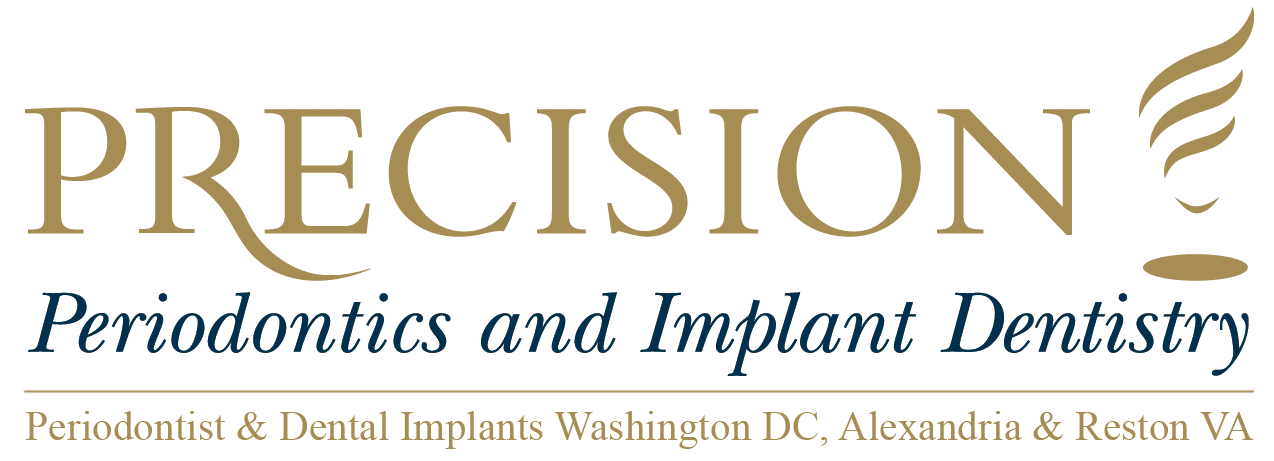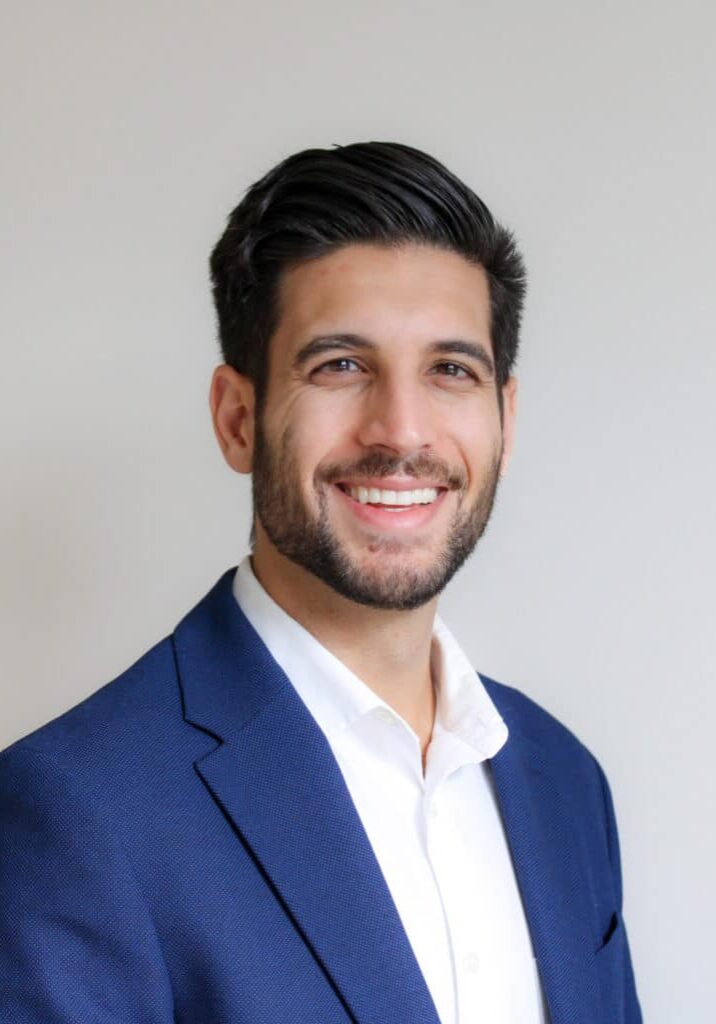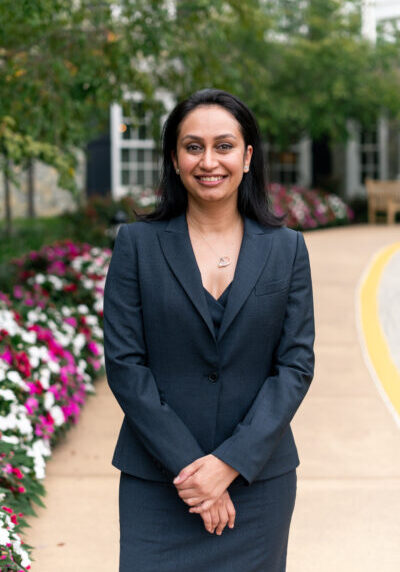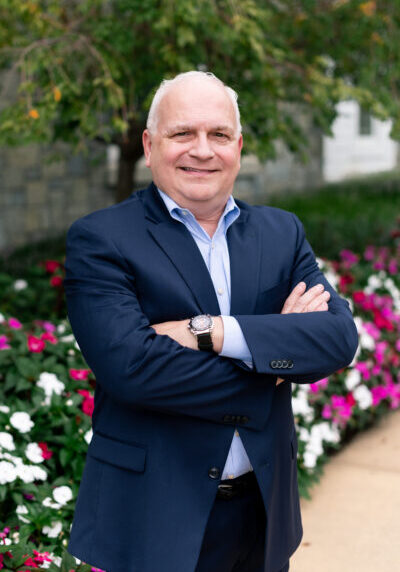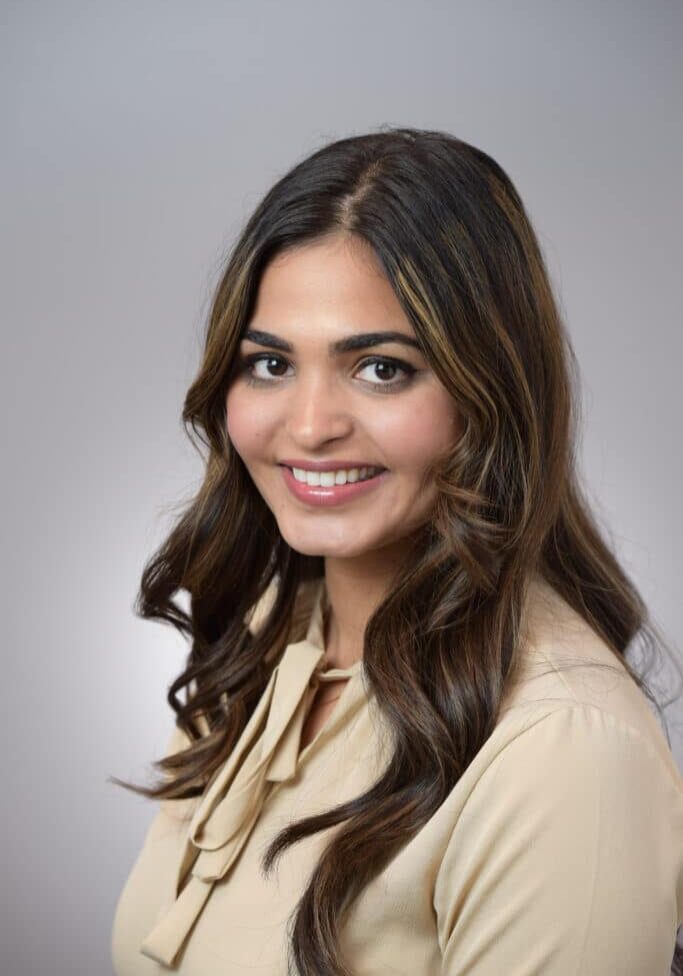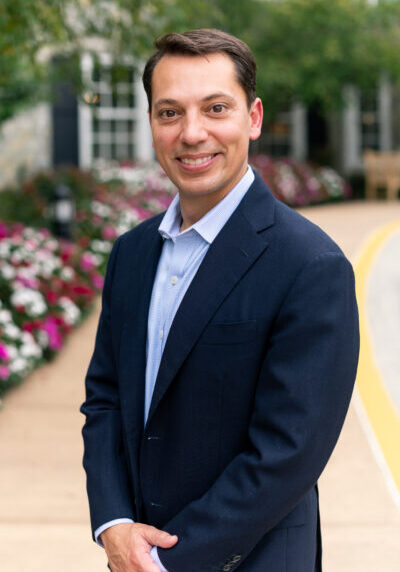Periodontology Anatomy - Cementum
The periodontium includes specialized tissues that serve two functions which include both surrounding and supporting the teeth in order to maintain them in the maxillary and mandibular bones. The word comes from the Greek terms peri-, meaning "around" and -odont, meaning "tooth". When taken literally, periodontium translates to "around the tooth". Periodontics is a dental specialty that focuses on the care and maintenance of these specific tissues. The specialty provides the support needed in order to maintain the function of the teeth. The practice consists of four principal areas which include the following:
- Gingiva
- Periodontal Ligament (PDL)
- Cementum
- Alveolar Bone Proper
The cementum is a special calcified substance which covers the root of a tooth. The cementum attaches the teeth to the alveolar bone through the anchoring of the periodontal ligament.
Structure
The cells of the cementum are the entrapped cementoblasts. Each cementocyte is in its lacuna. This is similar to the pattern found in the bone. The lacunae also contain canaliculi or canals. Unlike the canals which are found in bone, the canals in the cementum do not contain nerves and do not radiate outward. The canals in the lacunae orient towards the periodontal ligament and contain cementocytic processes which exist in order to diffuse the needed nutrients from the vascularized ligament.
The cementoblasts which do not become entrapped in cementum line the cemental surface over the length of the outer covering of the periodontal ligament. These cementoblasts are able to form subsequent layers of cementum in the even the tooth experiences trauma or injury.
Sharpey fibers are also included in the principal collagenous fibers of the periodontal ligament. They are embedded in the cementum and alveolar bone. The fibers aid in attaching the tooth to the alveolus.
If the cementum is visible on the teeth, it may suggest that there are exposed roots. This demonstrates that the exposed part of the tooth is larger than the surface of the tooth which is covered by the enamel. This is often the result of gingival recession and an early indication of periodontal disease being present.
Cementoenamel junction
The cementum attaches to the enamel to form the cementoenamel junction (CEJ). This junction is called the cervical line.
There are three possible types of transitional interfaces which may exist at the CEJ. The traditional thought was that specific interfaces were likely in certain oral cavities. The CEJ may exhibit each of these various interfaces in the oral cavity. When one tooth is traced circumferentially, there can be a considerable variation.
Types
The various types of cementum are based on the presence or absence of cementocytes. In addition, the types of cementum are determined whether the collagen fibers are extrinsic or intrinsic. While fibroblasts and some cementoblasts secrete extrinsic fibers, only cementoblasts secrete intrinsic fibers. The extrinsic fibers contained in acellular extrinsic fiber cementum, travel perpendicular to the surface of the root. This allows the tooth to attach to the alveolar bone by the periodontal ligament (PDL) and continuously with the cementodentinal junction (CDJ). Acellular cementum contains only extrinsic collagen fibers. In comparison, cellular cementum is thicker and contains both extrinsic and intrinsic collagen fibers. The first cementum which is formed during the tooth’s development is acellular extrinsic fiber cementum. The acellular layer of cementum is living tissue which does not incorporate cells into its structure and usually predominates on the coronal half of the root.
